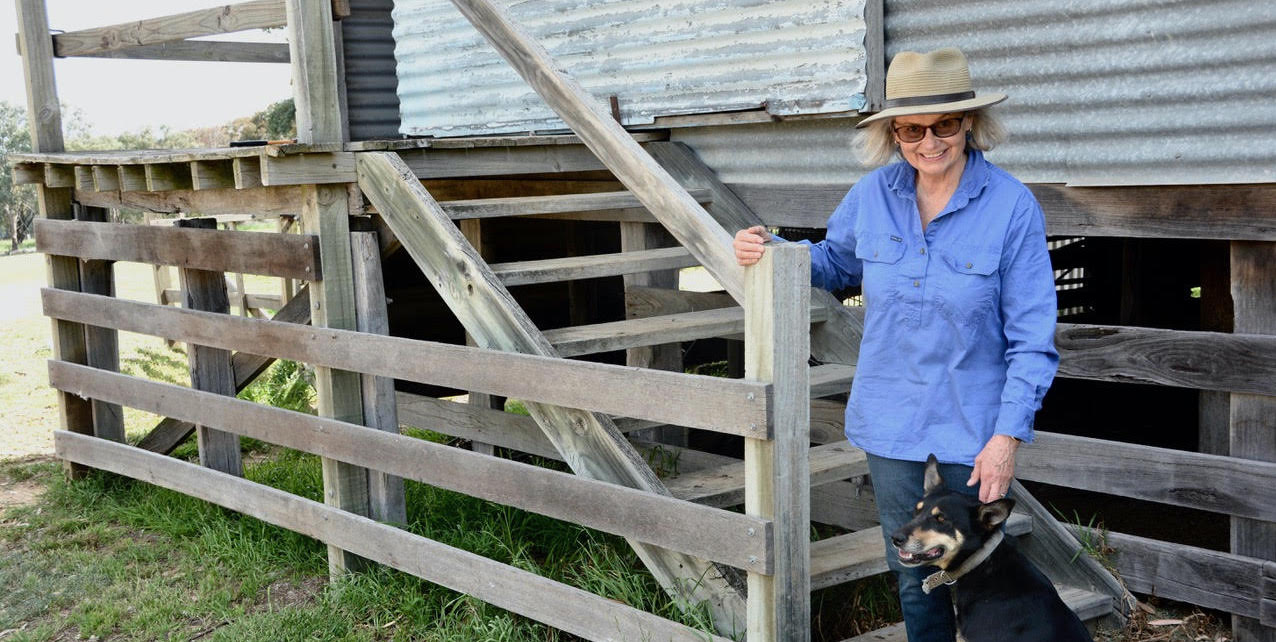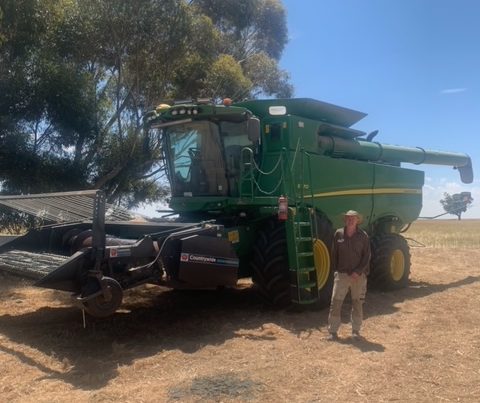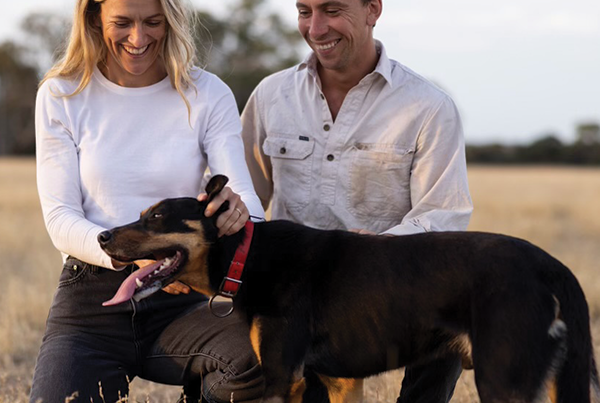At a glance
Who: Gracemere Merinos – Rick and Jenny Robertson
What: Wool and sheep meat producers. 1000 hectares – we use planned grazing with rolling 12 month rainfall as a strategy to manage and adjust stock numbers accordingly.
Where: Bengworden, East Gippsland. 3 ½ hours east of Melbourne by the Gippsland Lakes.
Can you tell us about your property?
We run a self-replacing merino flock and have a small merino stud. Our rainfall averages 600 mls which is becoming more erratic and unpredictable. In 2019, we received 363 mls. Last year, we experienced 650 mls. We select our sheep using visual and objective measurements. We aim to breed sheep with good muscle, fat and confirmation, producing 19 micron wool with good lustre and crimp. We are continually working on improving our business to be resilient and healthy. This covers all inventories – financial, grass, stock and of course people.
What first got you thinking about climate change?
I (Jenny) have been very aware of the impacts of climate change since the 1969 drought, which devastated my family property. My awareness increased when Rick and I went through the 1985 drought and then the millennium drought. I became aware of the climate science that produced numerous reports of the impacts of changing weather patterns. Rick realised after the millennium drought that he needed to change his management of the business to create a better bottom line and future.
How has climate change impacted on your farm business?
Climate change has impacted our business substantially. We have longer periods of lower rainfall which are more erratic; we never know when it might rain. We receive more rainfall in summer when it isn’t very effective. Last year we had 160mls in January after no rainfall in the previous December. The millennium drought was devastating to our farm, our stock and our finances. Everything looked terrible, we were exhausted and felt like we had failed. We had to accept responsibility that we couldn’t change the climate, but we could use strategies that worked better with the rain that did fall.
What are some of the climate-smart strategies you’ve been employing and how successful have they been?
We have adopted a planned grazing system matching stocking rates with the last 12 months rolling rainfall. It budgets your feed for the next 3 months, to prepare for the possibility that you don’t get any rain. We update this monthly, then we make some decisions around our stock numbers. We destock early and we aim to have at least 80% ground cover at all times. We work on our business and in our business. We use a number of additional strategies, including:
- Using a financial consultant and a soil/pasture consultant to give us an outside viewpoint.
- Utilising multispecies summer fodder crops to fill feed gaps and improve soil health.
- Introducing lots of perennials to give us a more resilient pasture all year.
- Revegetating 8% of the property with shelter belts, agroforestry and conservation areas.






